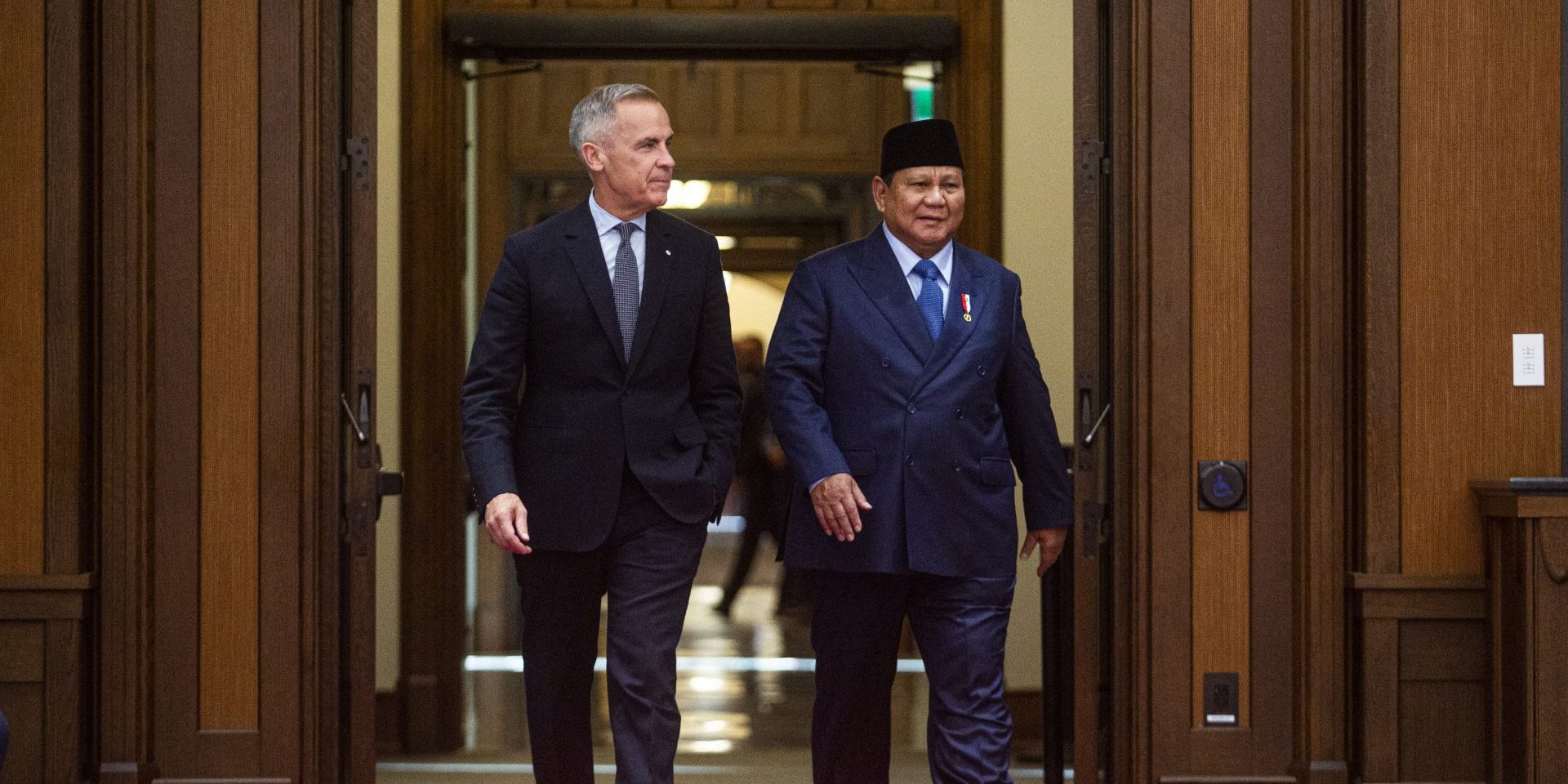
John Hawk Insunrated – Canada is positioning itself as a key partner in Southeast Asia, emphasizing reliability and a rules-based approach to global trade. Prime Minister Mark Carney is leading this initiative as he prepares to attend the Association of Southeast Asian Nations summit in Malaysia. His goal is to expand investment opportunities between Canada and the ASEAN bloc while presenting Canada as a stable ally amid global uncertainty. In his speech ahead of the national budget, Carney stated that Canada aims to double exports beyond the United States within the next decade, targeting over 300 billion dollars in new trade. This ambition is tied to the Liberal government’s broader plan to strengthen the country’s economic resilience through diversification. The move comes at a critical moment as global trade dynamics shift and major powers redefine their alliances in the Indo-Pacific region.
Canada’s renewed interest in ASEAN reflects a significant shift in trade policy. For decades, the ten-nation bloc was viewed primarily as a development partner, but now it is recognized as an increasingly important commercial ally. Carney’s visit to Malaysia includes high-level meetings with Prime Minister Anwar Ibrahim, oil and gas companies, and the Malaysian central bank. Canada’s presence in the summit signals its commitment to strengthening cooperation in key sectors such as green energy, critical minerals, and advanced manufacturing. According to Wayne Farmer, president of the Canada-ASEAN Business Council, businesses across Southeast Asia view Canada as a reliable and stable partner. This perception could be crucial for attracting long-term investments. While the United States remains Canada’s largest trading partner, the recent tension with President Donald Trump has accelerated Ottawa’s push to reduce economic dependency on its southern neighbor.
“Read about: Conflict of Interest? Trump’s Pardon of Binance CEO Changpeng Zhao Sparks Controversy”
Carney’s message in Southeast Asia emphasizes sustainability and shared prosperity. He plans to promote Canada’s capabilities in green energy, renewable resources, and critical minerals needed for the global energy transition. Malaysia’s role in the first phase of the LNG Canada project already highlights the potential for deeper energy collaboration. The second phase, LNG 2, is expected to move faster under new government policies that streamline approval processes for major national projects. Farmer praised this policy shift, noting that Canada had previously made investment approvals overly complicated. By simplifying regulations, Carney aims to make Canada more attractive to international investors. This aligns with the growing demand among ASEAN nations for energy security and environmental resilience. Green partnerships between Canada and ASEAN could become a cornerstone of the region’s future trade and technological development.
Several analysts believe Canada’s expertise in agriculture, nuclear power, and sustainable technology positions it as a natural partner for ASEAN economies. Vina Nadjibulla, vice-president of the Asia Pacific Foundation, stated that Canada can contribute significantly to research in agriculture and food security. The region’s rapidly growing population requires advanced methods to produce fortified grains and pulses that ensure long-term food stability. Moreover, nuclear power is gaining attention in nations like Vietnam and Malaysia as part of their clean energy strategies. Canada’s long-standing experience in nuclear technology gives it a competitive edge in offering both expertise and safety standards. This partnership opportunity could elevate Canada’s status as a global leader in sustainable energy solutions. As ASEAN countries balance rapid development with environmental responsibility, cooperation with Canada may bring tangible benefits to both sides.
Carney’s government focuses on long-term trade goals and deeper regional cooperation. Kai Ostwald from the University of British Columbia supports this perspective. He said Canada shares similar geopolitical views with Southeast Asian nations. Both aim to navigate global challenges through collective strategies and mutual respect. Canada practices pragmatic diplomacy that complements ASEAN’s multilateral vision. The two sides plan a comprehensive trade deal by early 2026. They are also preparing a new five-year cooperation plan for future development. The current plan will end later this year, prompting swift negotiations. These initiatives show Canada’s strong commitment to sustainable regional partnerships. Canada seeks stability, inclusivity, and progress in the Indo-Pacific region.
This article is sourced from ctvnews and for more details you can read at johnhawkinsunrated
Writer: Sarah Azhari
Editor: Anisa
John Hawk Insunrated - Many professionals are experimenting with new skills to stay relevant, yet few truly analyze what works…
John Hawk Insunrated reports how the viral soft life nervous system content on TikTok mixes soothing visuals with mixed advice…
John Hawk Insunrated highlights standout DIY experiments from this year that blend fun, learning, and simple tools at home. Why…
John Hawk Insunrated highlights favorite DIY experiments this year that blend simple household items with impressive scientific and artistic results.…
John Hawk Insunrated shows how the rising wave of soft life nervous system content on TikTok blends calming visuals with…
John Hawk Insunrated shares concrete steps to help you find direction when lost so confusion slowly turns into clarity and…